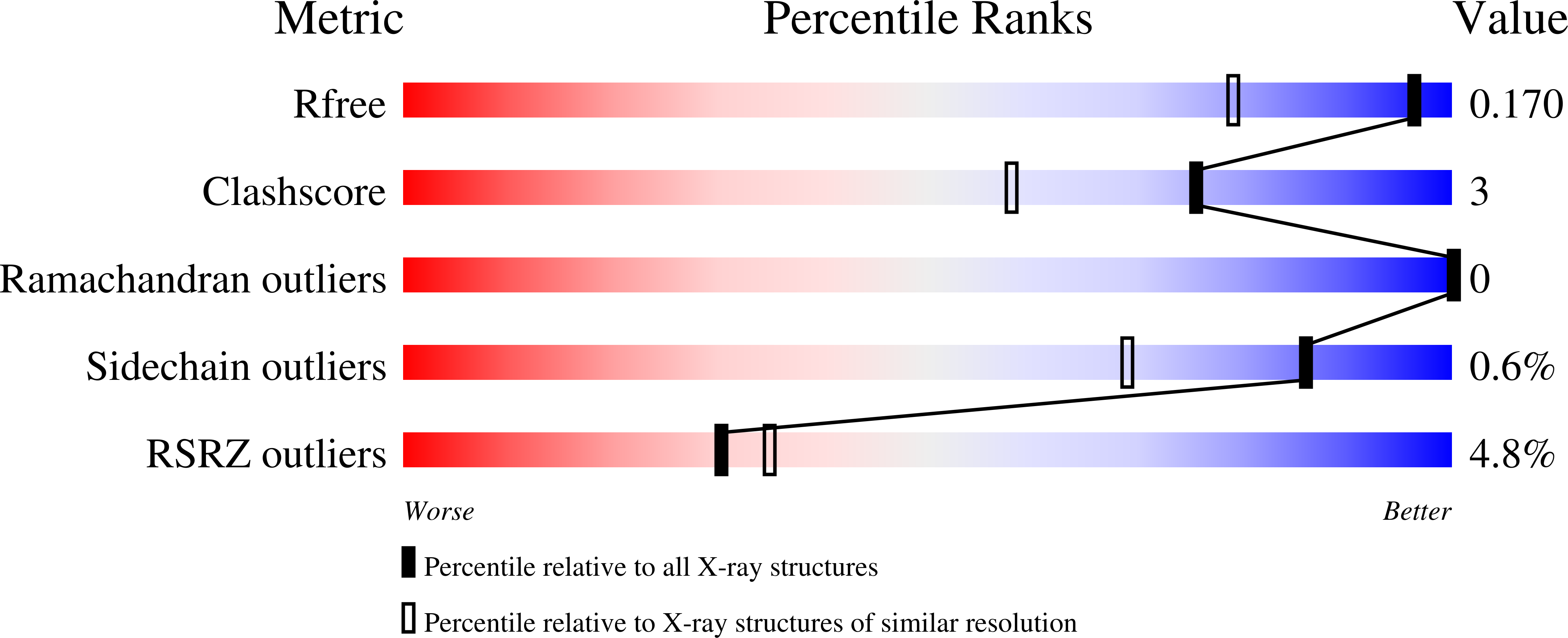
Deposition Date
2021-10-07
Release Date
2022-05-11
Last Version Date
2024-01-31
Method Details:
Experimental Method:
Resolution:
1.35 Å
R-Value Free:
0.16
R-Value Work:
0.13
R-Value Observed:
0.13
Space Group:
P 21 21 21


